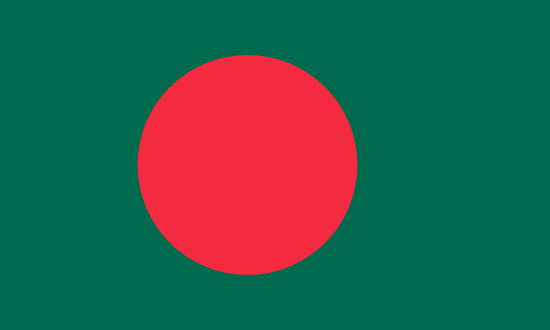"শিক্ষার নগরী | City of Education"
About:
Rajshahi, a major city in Bangladesh, was founded in the 18th century during the British Raj. It became a district capital in 1825, and a municipality in 1876. The city saw significant development in the 20th century with the establishment of educational institutions and infrastructural growth. Today, Rajshahi is known for its silk industry, mango orchards, and educational institutions, including the University of Rajshahi, one of Bangladesh's largest universities.
When to visit:
Rajshahi, a city located in Bangladesh, experiences a tropical monsoon climate with distinct wet and dry seasons. The best time to visit Rajshahi is during the winter months between November and February when the weather is mild and pleasant. This period offers comfortable temperatures for exploring the city's historical sites, such as the Varendra Research Museum and Puthia Temple Complex. Additionally, the winter season provides an opportunity to witness the region's vibrant cultural events and festivals.
When to avoid:
Rajshahi, a city located in Bangladesh, experiences a subtropical monsoon climate with distinct wet and dry seasons. The worst time to travel to Rajshahi on a holiday would be during the monsoon season, which typically occurs from June to September. During this time, the city experiences heavy rainfall, high humidity, and the risk of flooding. Traveling during the monsoon season may lead to transportation disruptions, limited outdoor activities, and inconvenience for tourists seeking to explore the city's attractions.
Winter Season (Dec-Feb)
The coldest and wettest period in Rajshahi, Bangladesh, falls between June and September, during the monsoon season. Temperatures range from 25°C to 35°C. Rainfall is heavy, averaging around 200mm per month. Sunlight is limited due to dense cloud cover. The average day for a visitor involves sporadic heavy showers and high humidity, with brief periods of sunlight. Despite the rain, the city's lush greenery flourishes, providing a beautiful backdrop for sightseeing.
"Summer (March–June)"
Rajshahi, Bangladesh experiences its warmest part of the year from March to June, with the highest temperatures typically occurring in April and May. During this period, average high temperatures range from 32°C to 38°C (90°F to 100°F), while the average lows range from 20°C to 26°C (68°F to 79°F).
Rainfall during this period is relatively low, as the monsoon season doesn't typically begin until June. However, occasional pre-monsoon showers can occur, especially in late May. The average monthly rainfall during this period is around 50mm.
Sunlight is abundant in these months, with an average of 8-10 hours of bright sunshine per day. The humidity is relatively high, often exceeding 70%, which can make the heat feel more intense. Cloudiness varies, but clear to partly cloudy skies are common, especially in the earlier part of this period.
A typical day for a visitor during this time would be hot and humid, with plenty of sunshine. The heat can be intense, especially around midday and in the early afternoon. It's advisable to stay hydrated and avoid strenuous outdoor activities during the hottest part of the day. Despite the heat, this is a great time to explore the city's numerous cultural and historical sites, as long as you're prepared for the weather.
Language:
Bengali is the most commonly spoken language in Rajshahi, Bangladesh. As the national language of Bangladesh, it is used in everyday communication, education, and government affairs. English is also taught in schools and used in business and official contexts, making it another prevalent language in the city. Additionally, some residents may speak minority languages like Chakma or Santali.




